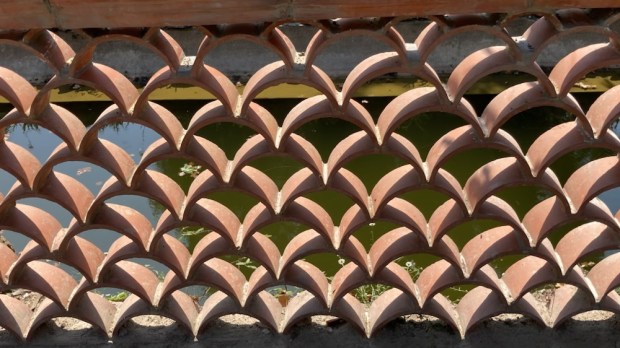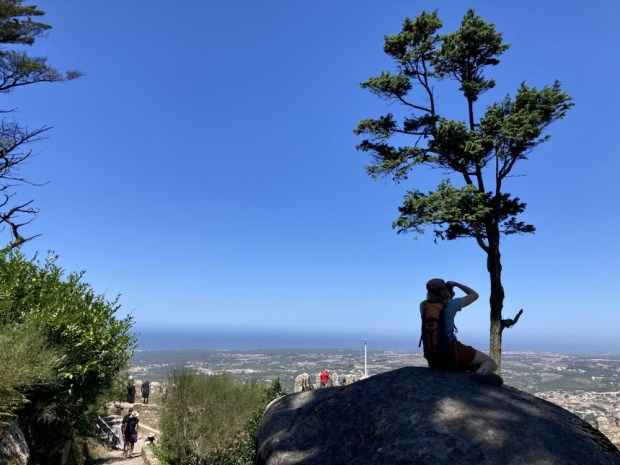
The Sintra-Cascais Natural Park, a 145km2 area about 25 km north and west of Lisbon contains within it a mini Sierra of lush forested peaks favoured by cooling winds and beautiful views. The Sintra Hills, adopted as summer residence by kings, noblemen and bourgeoisie were given World Heritage status as a Cultural Landscape recognising its harmonious blend with nature.
Studded with constructions of peace, war and opulence that nestle into the folds of flora we spent a week exploring on the steep paths meandering through the sites.

Visible from Lisbon on a clear day and one of the Seven Wonders of Portugal, Peña Palace started as a simple chapel in the Middle Ages after an apparition of the Virgin Mary appeared on the hilltop above Sintra. The monastery built on the site was later reduced to ruins in the 1755 earthquake. King Ferdinand acquired the monastery and all surrounding land and commissioned the Romantic style palace built between 1842 and 1854.

Used as a Royal Palace until the Republican Revolution of 1910 it was turned into a museum by the State and has become a hugely popular attraction. A bit too much of a honeypot for my liking drawing long lines of queuing punters to shuffle through the palace interior. I preferred the dramatic views from the impressive external walkways.

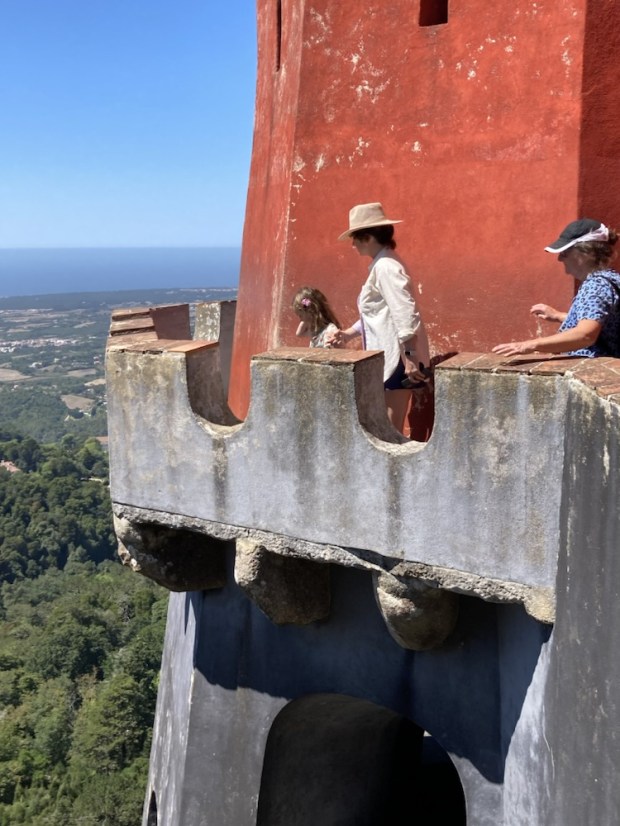


The Quinta ( villa/ estate/farm) da Regaleira is another massive Romantic style pile surrounded by exquisite landscaped grounds but right on the edge of the historic area of Sintra town.

Once again put off by long queues to view the palace interior we headed off to explore the 4 hectares of gardens featuring grottoes, ornate benches, wells, lakes, tunnels,fountains and towers all added when Carvalho Monteiro employed Italian architect Luigi Manini to build enigmatic constructions holding symbols of his esoteric interest in alchemy , Masonry, Knights Templar, Rosicrucians and Primitivism in the early years of the 20th c. It was all finally opened to the public in 1998.

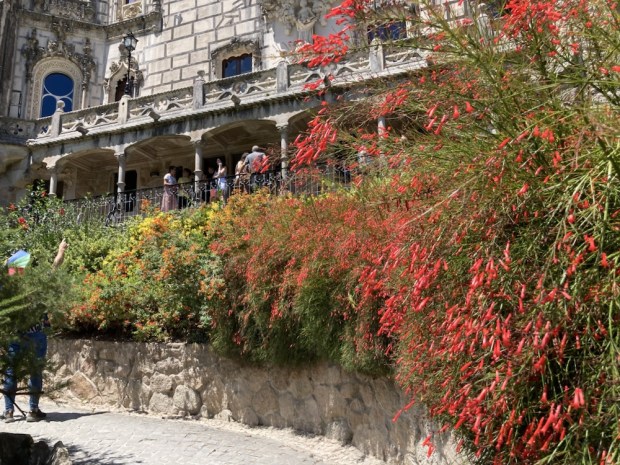

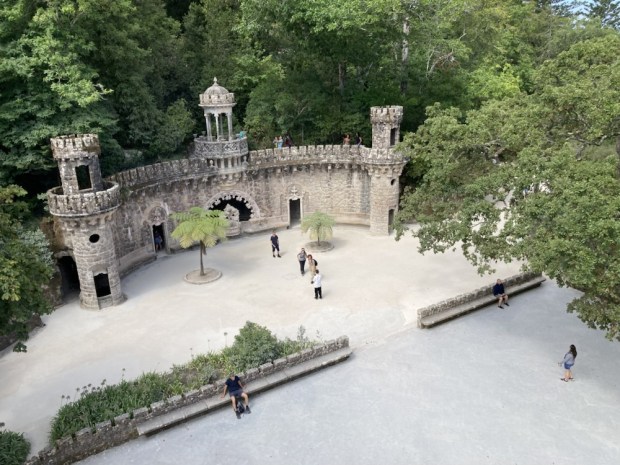
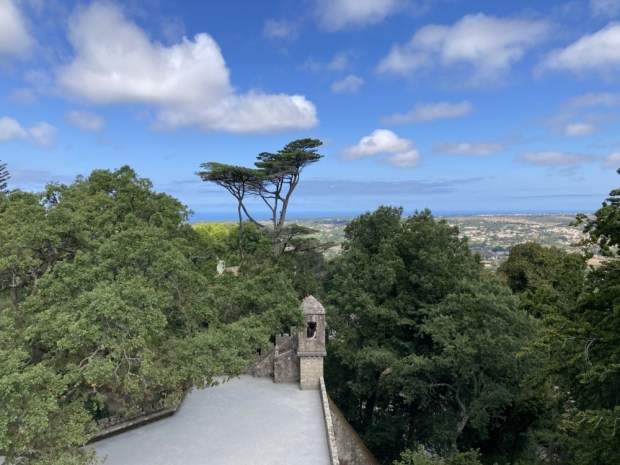

One queue we were prepared to join for half an hour was to enter between two huge granite boulders and descend the Initiation Well- never served as a water source but used for ceremonial purpose.

An incredibly constructed and engineered whimsy it consists of a beautiful 27m spiral staircase lined with small niches leading down to a stone compass with Templar cross.

Blindfolded candidates holding swords close to their hearts descended the 9 flights of steps and walked the labyrinth of underground tunnels towards ” the light” and then a chapel to be welcomed into the brotherhood. Another simpler ” well” construction also connects via tunnels but was closed when we visited.

We followed in the footsteps of the initiates down a warren of laboriously built tunnels to emerge at the fountain and lake we were towering above earlier.

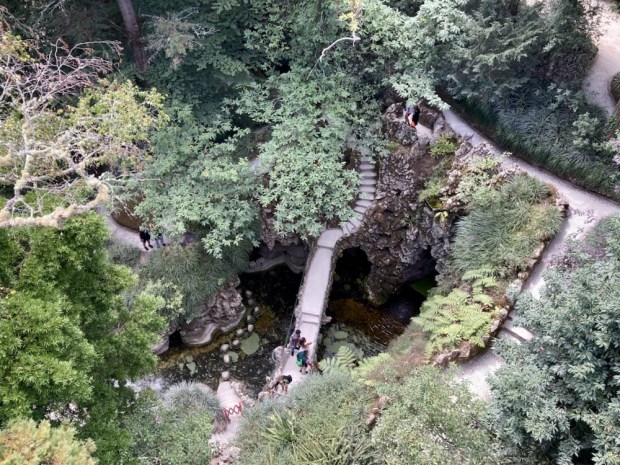
After wandering many paths and admiring the work in more grottoes and soaking up the vistas of the surrounding green coated hills it was time to explore the other side of them.



The thickly forested road we drove up to reach the Sanctuary of Peninha was suddenly closed off, so we hiked up the last 2.5km of luckily shady tarmac, admiring the towering trees and the views between them.
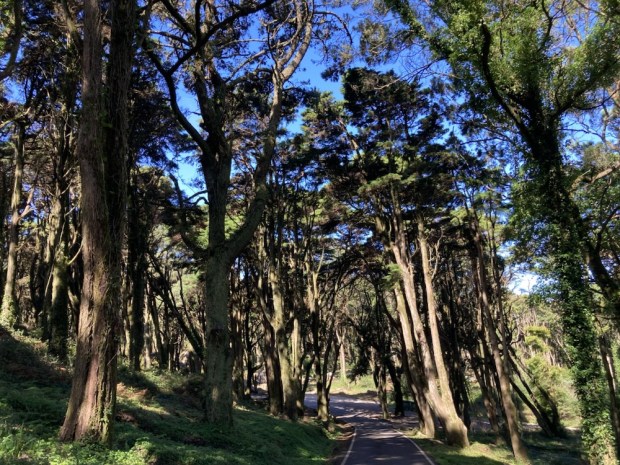


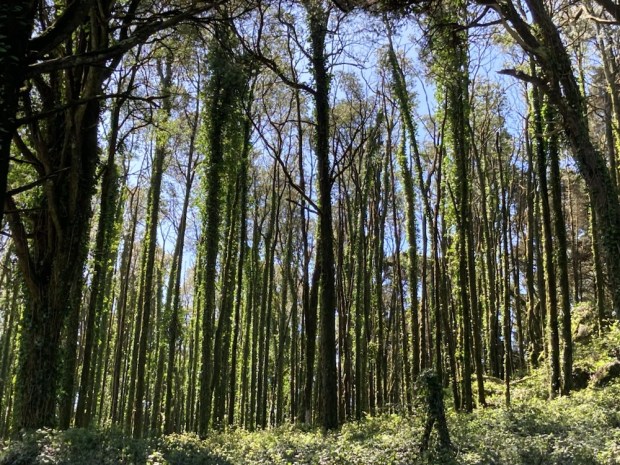
The Peninha hills have been home to a small hermitage since Christianity arrived in Portugal, added to over the centuries and used by monks until the dissolution of the monasteries in 1834. It was still occupied by farmers until the 1960’s. As well as the Baroque Chapel from 1710 there is also at the very peak the unfinished Palace of Peninha, dating from 1918 and built by August Monteiro, the owner of our last stop, the Regaleira.
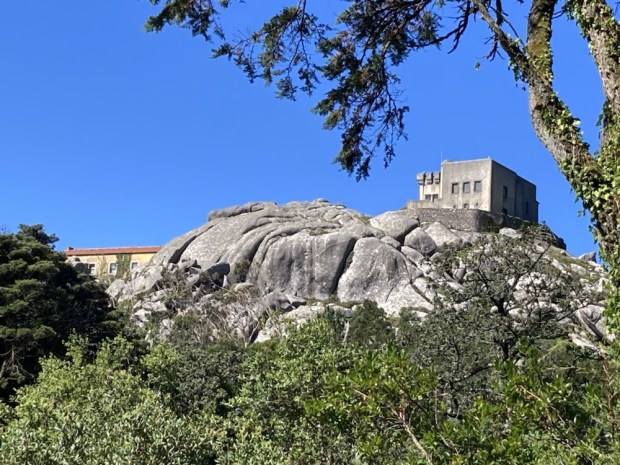

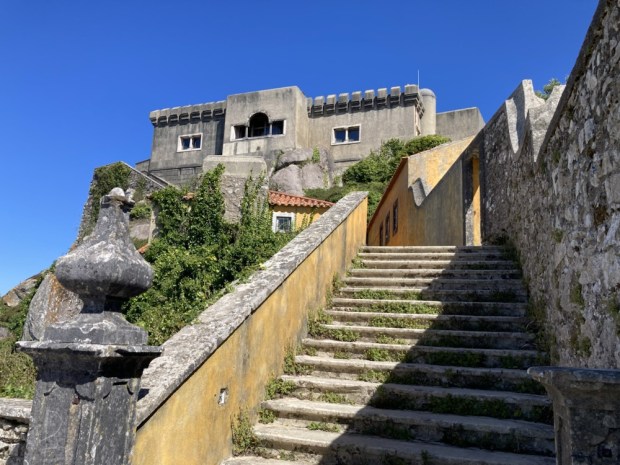

At 450m on top of a rocky outcrop the 360* views are outstanding from Cabo do Roca, Europe’s most westerly point all the way up the coast and over the inland Sierras to Lisbon and beyond. 




It was another visitation of the Virgin Mary to a young shepherdess that prompted Kings John 111 and Dom Pedro 11 to fund the chapel- unfortunately not open to the public- considered an excellent example of Baroque architecture with an interior entirely covered by ornate tiles depicting the life of Virgin Mary.
Purchased by the government in 1991 there is now a management plan to promote nature conservation and education on site an hopefully increase access.
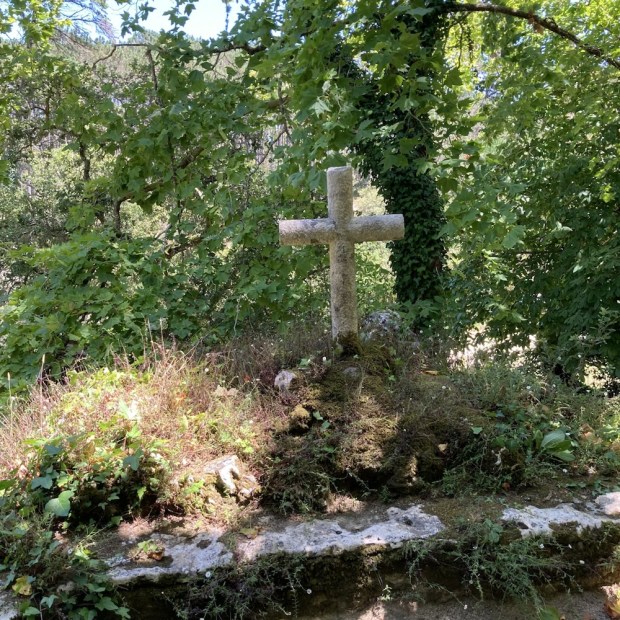
The Convent of the Capuchos, another remote and tranquil place of contemplation high in the Sintra Hills, was founded in 1560 by the Viceroy of India for a pious community of reclusive monks who occupied the cramped and humble spaces of the complex until the dissolution in 1834. We followed the well trodden cobbled path past crosses and bell ropes to gain access to a remarkable space.



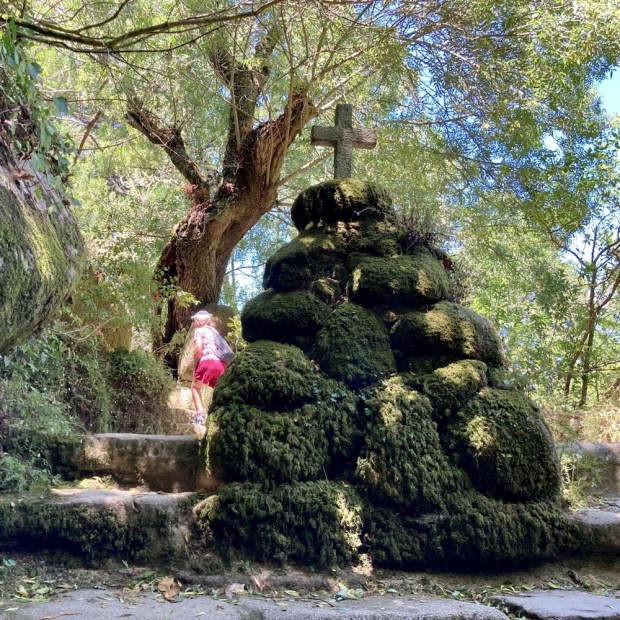

The most distinguishing feature of the convent is its symbiotic and harmonious setting, built into and surrounded by the granite boulders of the mountain – and the unique use of simple cork sheeting to cover doors, walls and ceiling, the only offering of comfort among the basic austerity.


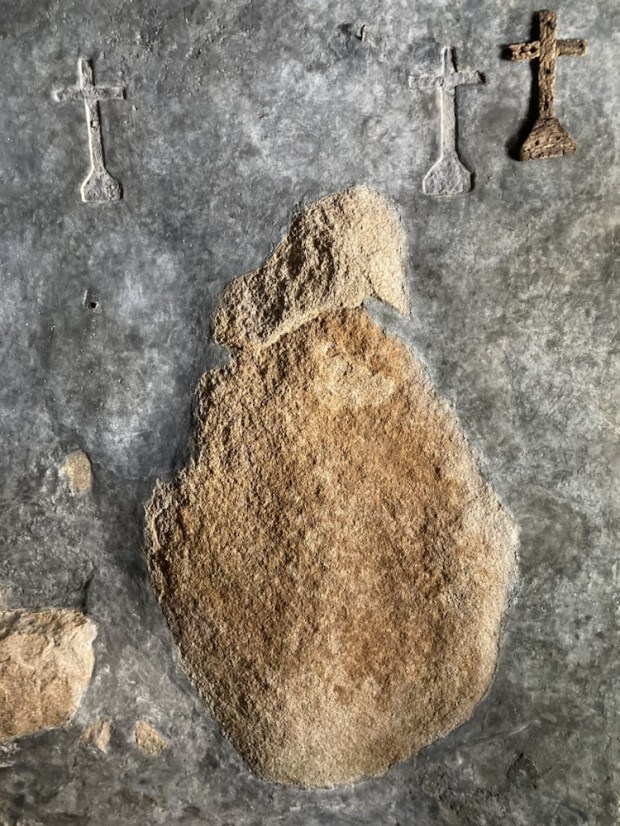
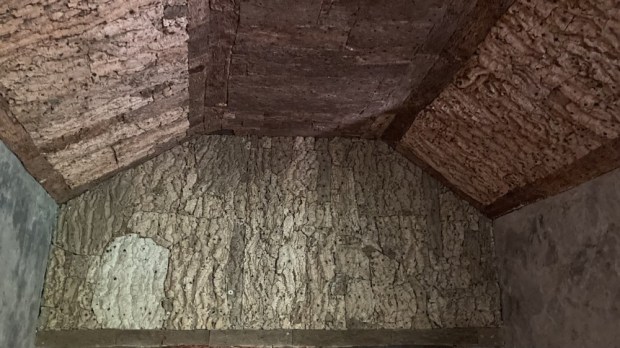
The various spaces and buildings are constructed on steeply sloping ground – each level signifying ascendency and purification of the spirit. Poverty was the main driver behind the monastery construction – small , cramped, simple with low doors and minimal decoration.
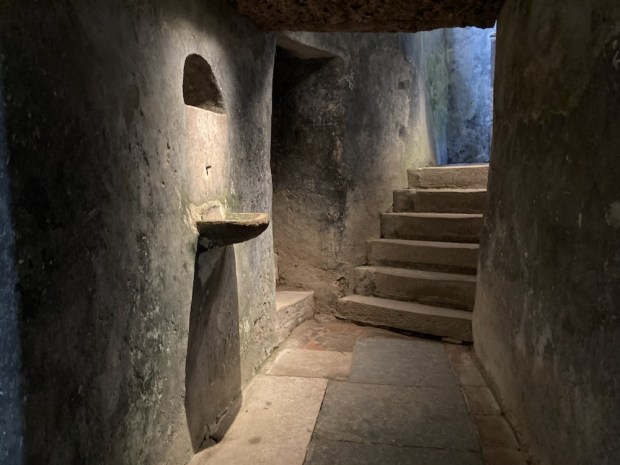

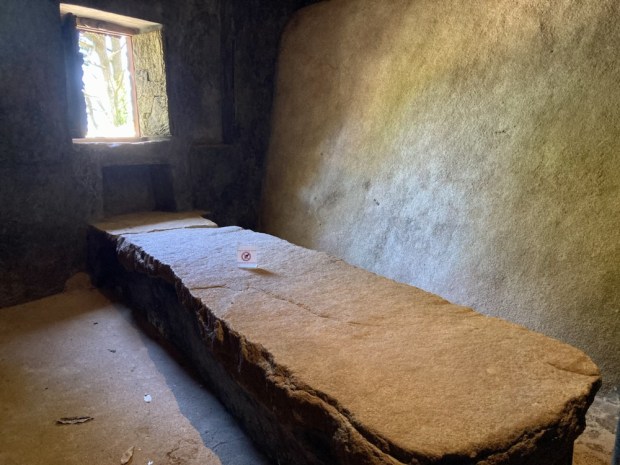
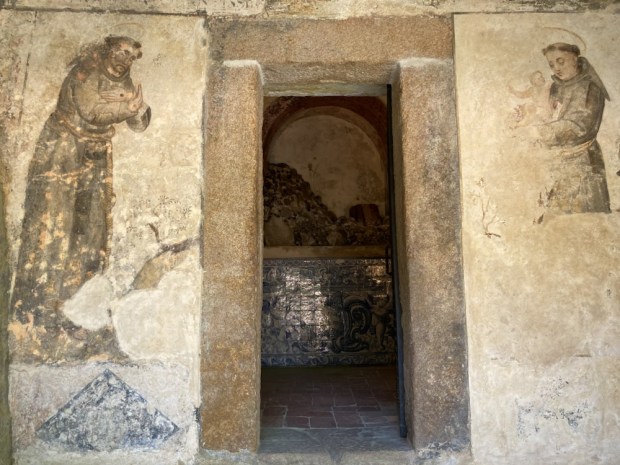

In 1581 king Philip 1 said ” Of all my kingdoms there are two places I estimate especially, El Escorial for being so rich, and the Convent of Capuchos for being so poor”


A life of contemplation that’s hard to contemplate- especially that of Friar Honario who lived to be 100years old despite spending his last three decades in penance, living inside a small hole in the convent. With a sense of claustrophobia building it was good to get out and explore some spaces through a remarkable door of hinged granite.


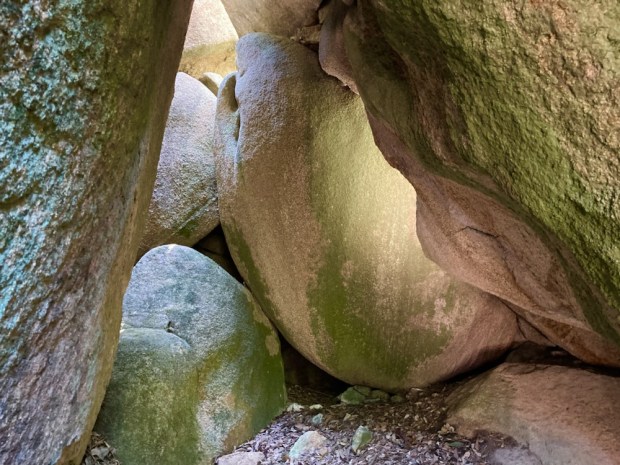

The community would have been supported by its surrounding farmland and irrigated gardens and it was heartening to see that areas were still used by some local people for growing organic veg.



The next day we took a tuk tuk up from Sintra to the entrance of the Castle of the Moors, whose dipping and diving castellated walls encircle the summit of the hilltop above the town.

Built by Moors in 8th and 9th centuries it served for hundreds of years as a strategic defensive lookout point during the Reconquista before being taken by Christian forces after the Fall of Lisbon in 1147. Its another romantic site with mossy walls and paths through tumbles of giant granite boulders. A double line of military walls 450 m long can be patrolled with views over luxurious forests to the town below.





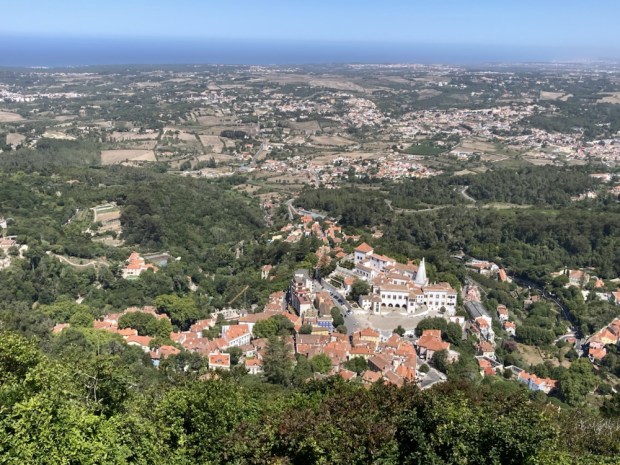
Saving the best till last we arrived early at the Monserrate Palace with a picnic to enjoy in the glorious Park. Opposite the entrance was a lake that served as a water source and in leisured times a boating and swimming pool, set amongst a woodland of giant cork oak.

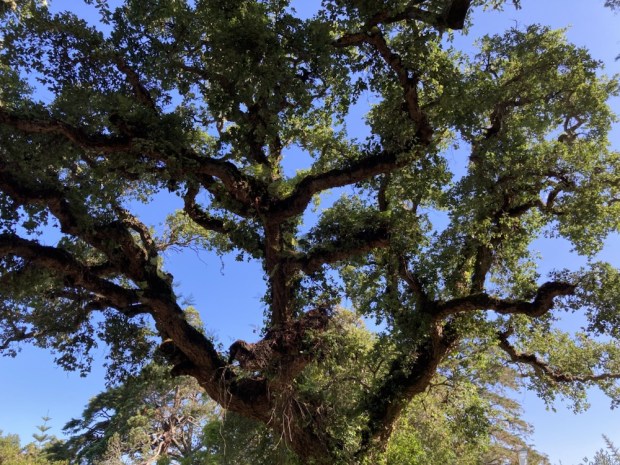
The palatial villa was started by Gerard de Visme in 1790’s but completed by Francis Cook after 1863 with the Architect James Knowles designing a mix of Romanticism and Moorish Revival. Pretty spectacular.

But first the acres of gardens. A multitude of paths led down through a range of plantings from around the world and the various fountains, waterfalls, pools and canals would, after the winter rains be very spectacular.

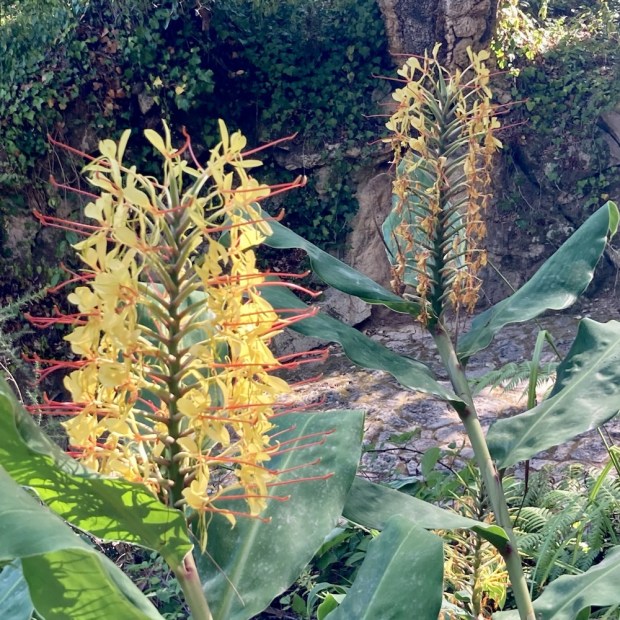
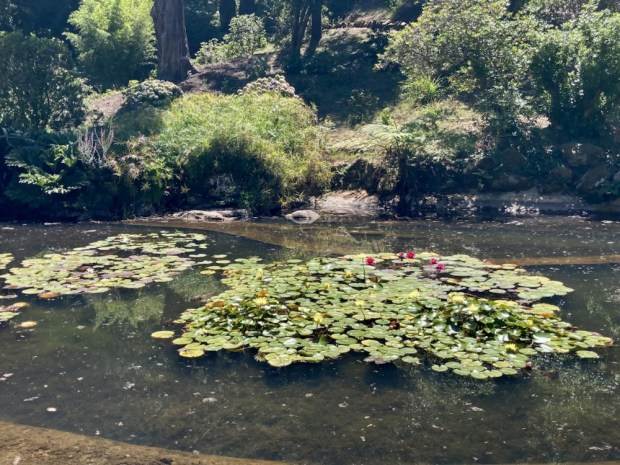

With large groves of exotic tree fern from Australia , camellia, azalea, rhododendron etc from the Himalayan zone, palm and agave from the desert region and a whole Mexican area it was indeed an electric collection but put together beautifully.










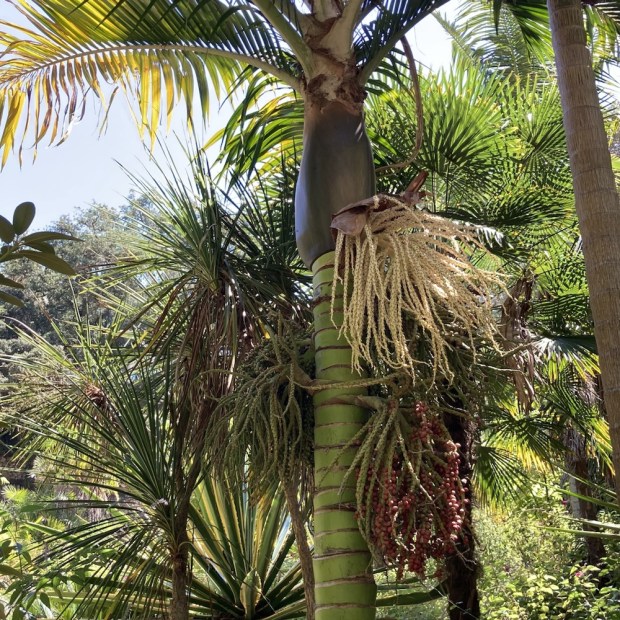
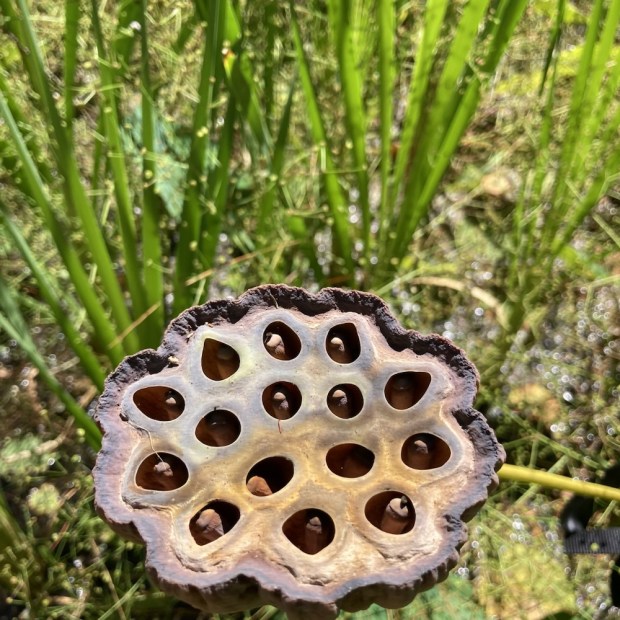

There was a ruin, built as such, being smothered by an Australian rubber tree with long roots draped across the stonework.



A hillside of rose planting, all spent under the hot dry summer sun, led to lush lawns , studded with exotic trees, below the palace.




The interior was as exotic as the planting with detailed Islamic inspired stucco plaster work ,ornate ceilings and long marble corridors leading to all the open and doorless reception rooms.

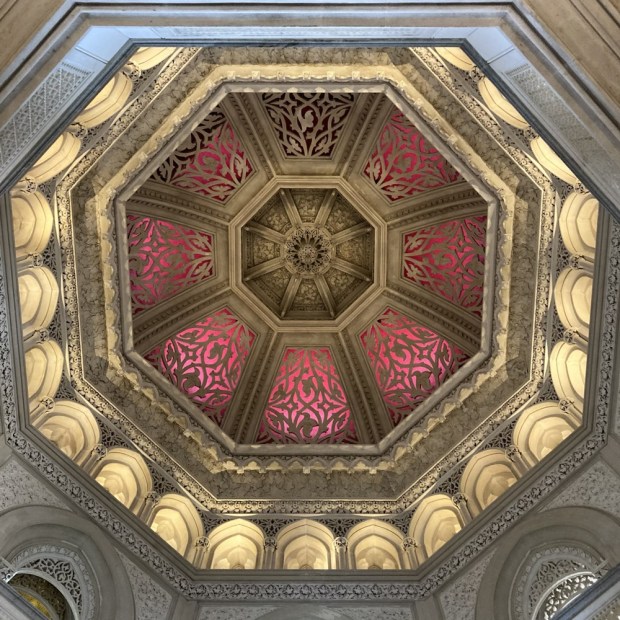


We could see why the park had been honoured with a European Garden Award for ” Best Development of an Historic Park or Garden”

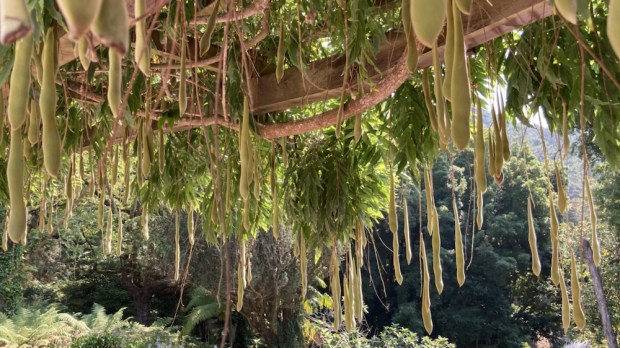
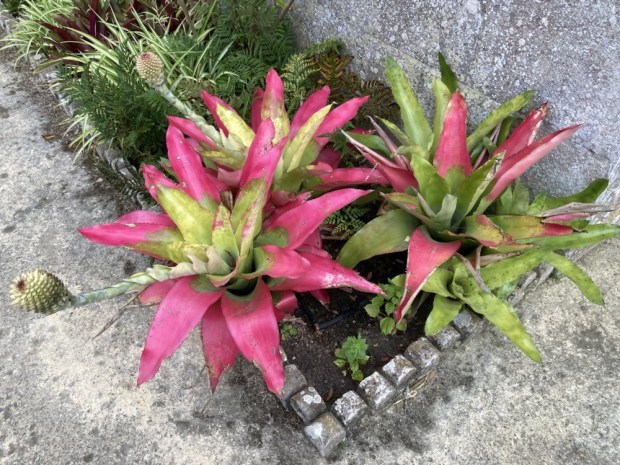
And see why Sintra was on the UNESCO World Heritage list as a Cultural Landscape. Go see for yourself.
